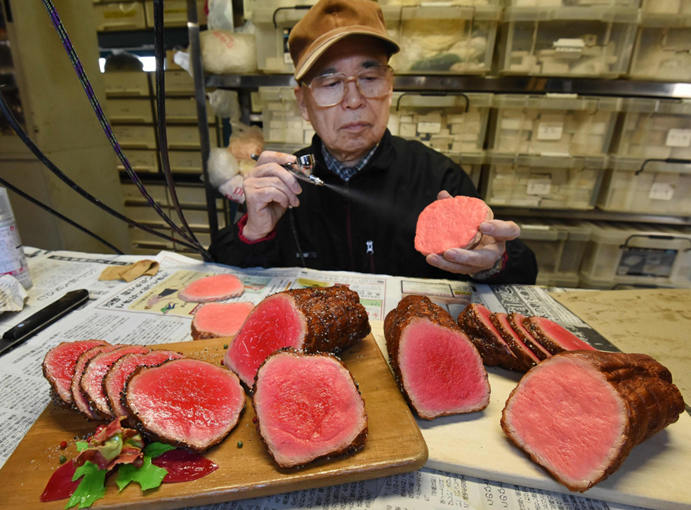The Economics Of Fake Food
June 26, 2017 in Daily Bulletin

No, the title does not refer to fast food. Food unfit for human consumption. Again, no, not fast food. The Economist wrote:
- Fake – or replica – food is used by restaurants to market their wares.
- These used to be made of wax, but it too easily lost its shape.
- Now, in most instances, a special plastic polymer is poured into molds and then painted.
- For something like ramen, individual threads are created to give a true sense of the dish.
- Raw food like fish, and clear liquids are the most difficult to convincingly depict.
- Things start with a consultation where an expert makes a detailed sketch and takes note of the dish’s colour, consistency, and texture.
- Fake dishes are particularly popular in Japan. They became so once western food started to spread in the 1930s and restaurants needed a way to show diners what they would be getting.
- The “chefs” take pride in their work – they boast that it takes a decade to truly learn how to make replicas of sushi – just as long as it takes to master real sushi.
- One Japanese company claims to serve more than 80% of the market, with annual revenues of $46 million.
- The price of a replica can be up to twenty times the cost of the menu item.
- Still, business is slowing. People now go to food blogs to see photos of the real life food.
- The trade is also a victim of its own success – the replicas last so long restaurants don’t really need to become repeat customers.
- The dominant company in Japan is trying to change that. It now offers annual subscriptions where it touches up the replica every three months.
- It is also looking to expand into other markets. Some hospitals are clients and use the replicas to educate patients about the types of food they should eat after a procedure.
Read more on The Economist.
Join the Discussion! (No Signup Required)